Low dose prebiotic fiber
With as little as 3 grams per day, Arrabina® promotes growth of beneficial bifidobacteria2
PREBIOTIC EFFECTIVE LEVEL
ARRABINA®
OTHER PREBIOTIC FIBERS
- Grams
- 1
- 2
- 3
- 4
- 5







